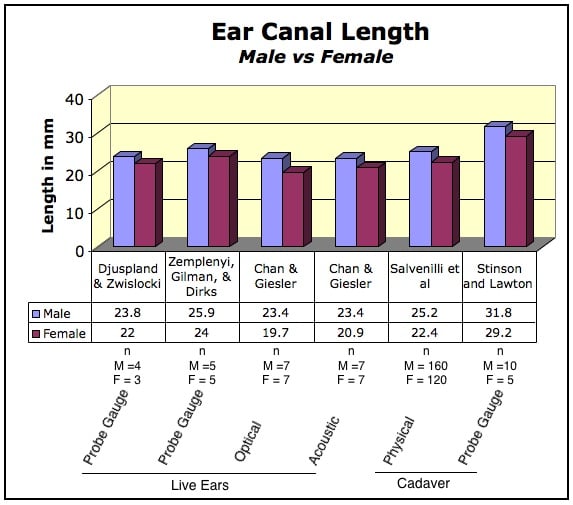Oct. 31, 2017
Smartphones Have Microphones – Part 1
There is a multitude of apps for Smartphones that can turn them into sound level meters, recording devices, playback devices, and even allow them to be coupled with external devices for hearing aids via Bluetooth or other wireless protocols. However, each step in the recording/playback/control pathways can add some error to the final measured result. Some of these errors are




